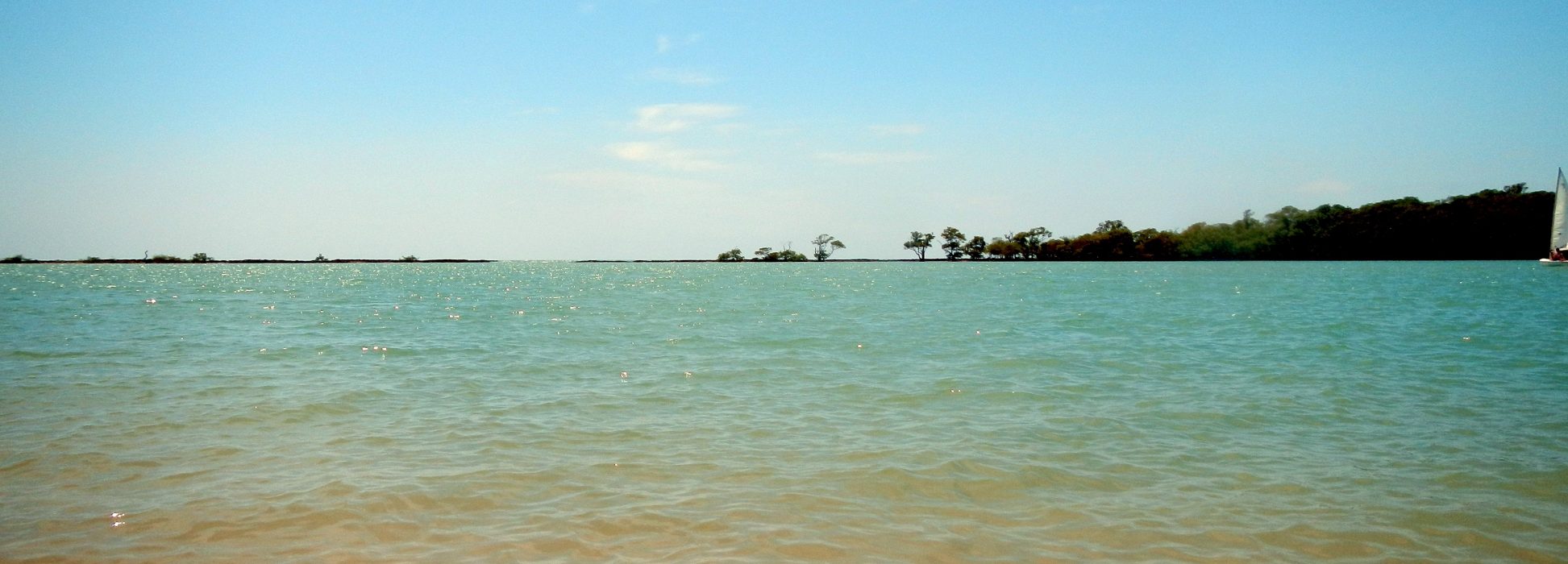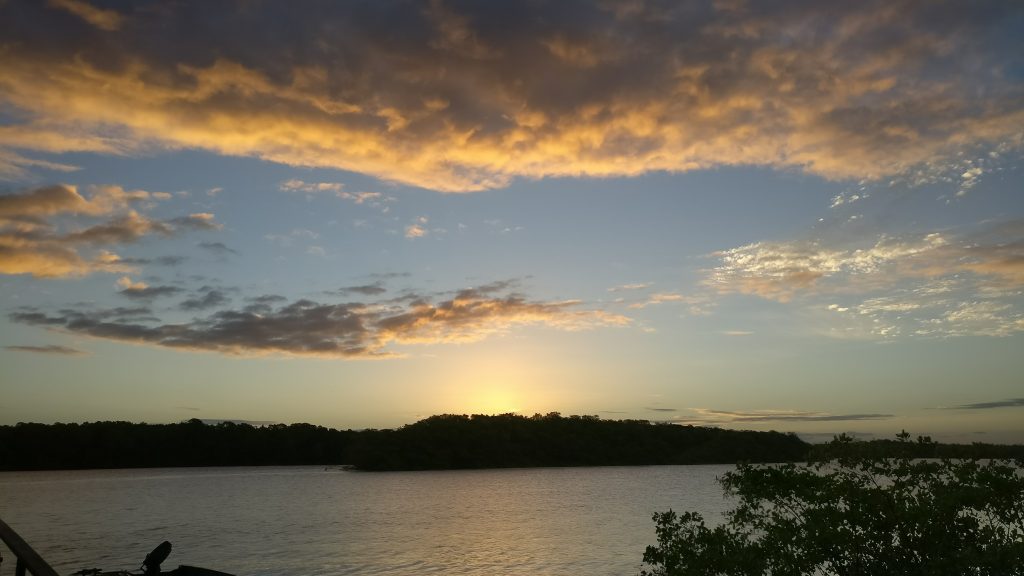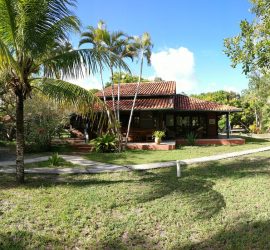The quiet village of Santo André sits on Bahia’s glorious southern Atlantic coast, at the mouth of the river João de Tiba. It forms part of the historic area of Santa Cruz de Cabrália, site of the first Portuguese landing in 1500. Unlike many of the region’s small towns, Santo André has rejected rapid growth and opted instead to keep its quiet rural character and sense of community. It’s the kind of place where people say hi when they pass in the street, whether they know each other or not.
Beautiful sand beaches surround the village, and even during the peak Brazilian holiday season (December to February) the area is never crowded. Coral reefs just off the coast line ensure warm and gentle waters, and provide ideal habitats for sea turtles and other marine life.
Santo André’s small community of around 800 makes a living from fishing, farming and low impact tourism. Environmental protection is a high priority, so development is tightly controlled. Residents monitor the beaches and river banks to preserve turtle nests and the native vegetation which prevents shoreline erosion.
A regular ferry service connects the village to the town across the river mouth. The road doesn’t lead to any major towns, so it’s very quiet.
Accommodation varies from luxury boutique hotels to simple hostels – there’s something to satisfy all budgets.
The village has two general stores, and a wide range of cafes, bars and restaurants catering to all tastes. Most (though not all) businesses accept credit cards. There’s a small clinic in the village providing basic healthcare. Other services – pharmacies, banks etc – are available in Santa Cruz across the ferry.
Most visitors use cars, cycles or scooters to get around, and there’s a bus service connecting the ferry terminal with the village and neighbouring towns.










